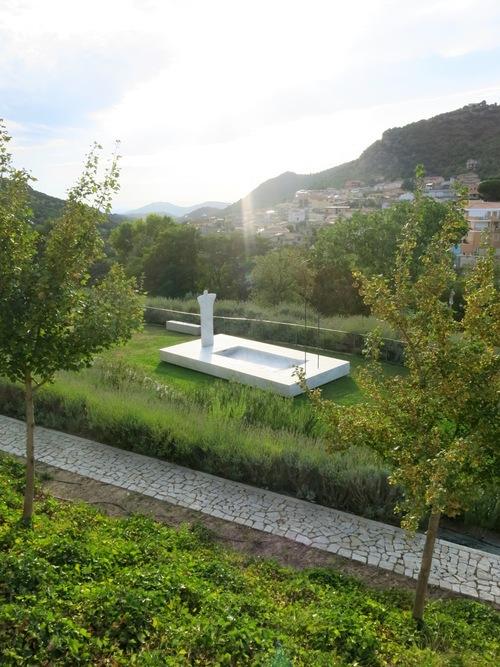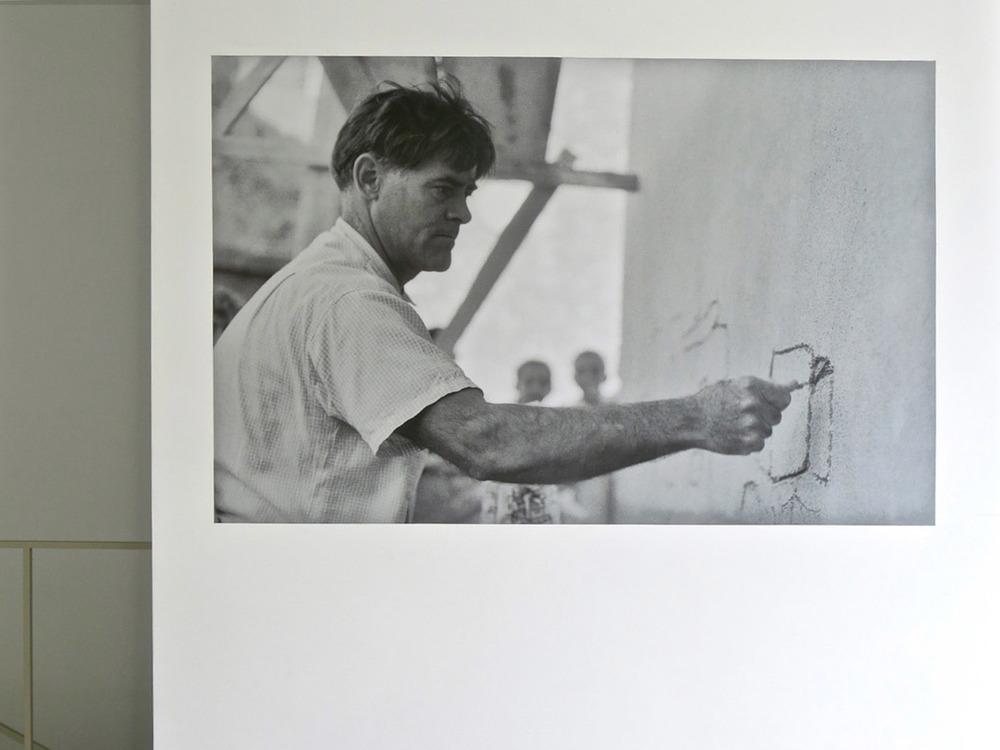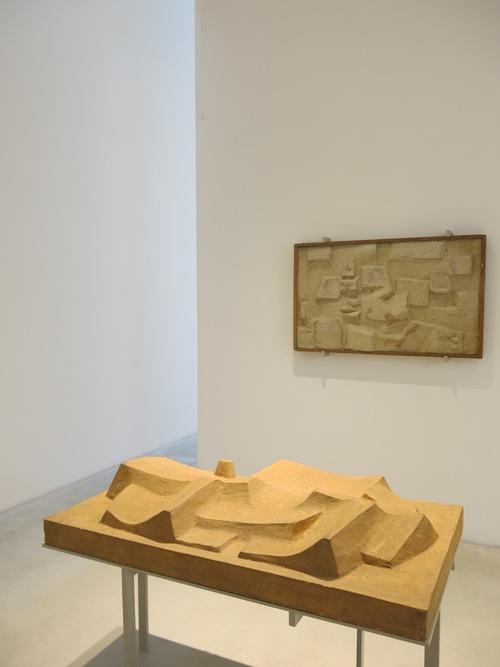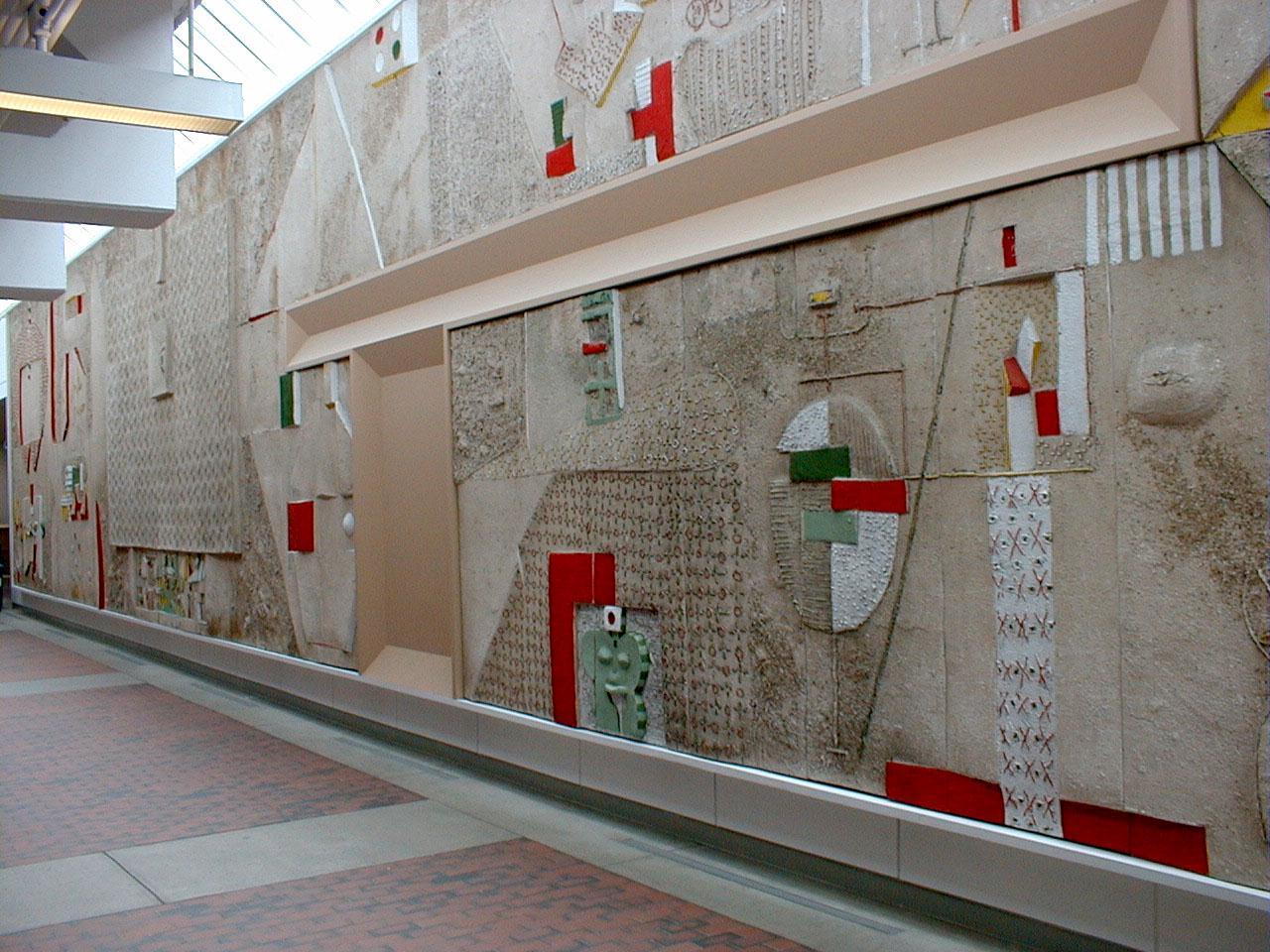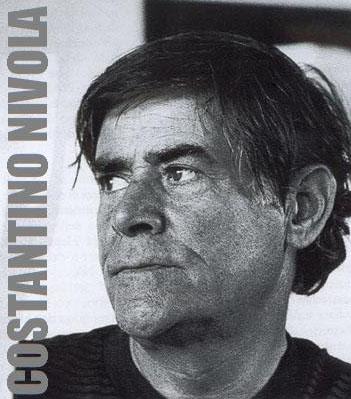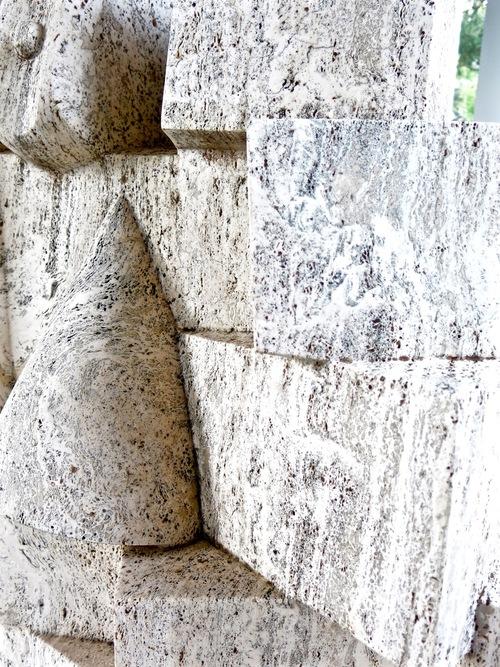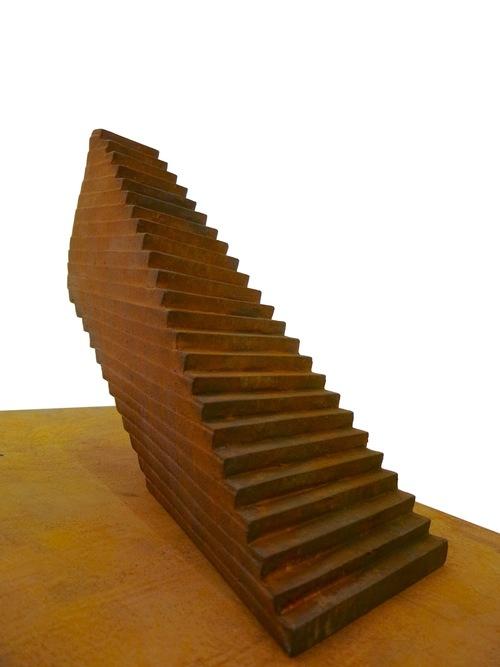Costantino Nivola, known to his friends as Tino and to his intimates as “Titino,” came from the small and impoverished town of Orani in the rugged interior hills of Sardinia, where he was born in 1911. By American standards he was considered short, a bit over five feet tall. Back in Sardinia, where most people were even shorter, he seemed a giant. The story of his cultural evolution makes him loom larger in retrospect. Few Sardinian artists have had such a cultural impact beyond their provincial origins.
In Orani in the 1920s, where the best one could do was work in the talcum mines, Nivola’s pursuit of a vocation in the arts required immense courage and a lot of luck. Amid the Sardinian underclass, where the most important matter was to keep bread on the table, be it through honest work like that of his family of masons, or else like some of the hill people who resorted to banditry, his wanting to be an artist appeared frivolous, if not immoral. Today, however, there is hardly a household in Orani that does not proudly possess an original work by Nivola. And thanks to the Nivola Foundation, established by his widow Ruth, the town now boasts a wonderful museum in his honor. Opened in 1995 and designed by Peter Chermayeff, it is currently being expanded.
I had the great fortune to meet Tino while I was a student in Berkeley in 1978. He had been invited by Dean Richard Bender of the College of Environmental Design to give a course in cement sculpture. He had the students mix a batch of cement, pour it into cardboard forms, let it dry for a few hours, and while still fresh, a period of three or four hours, sculpt through subtraction with knives, spoons, and sponges. Although I was not able to take the course, I spent a lot of time in his studio, and found that we shared an interest in Italian folk songs and rustic cooking. We became fast friends, eating together almost every night during that semester, and up until his death a decade later we saw each other frequently, sometimes in New York, sometimes in Italy.
When I first met Tino, I had no idea of his prominence in the arts. Although he toted around a few drawings by Le Corbusier and seemed to have known every important artist and architect of the mid 20th century, it made no difference to me at the time. I just thought he was great fun and full of wisdom. I found his stories of life in Greenwich Village in “cold water” flats during and after World War II riveting. He deflated the era that had previously seemed to me so heroic, giving it a much more lusty and human aspect. From Orani, where most people were poor and struggling to get by, he found himself in Manhattan’s Village, where all of the artists were likewise poor, but instead were struggling to get discovered.
The tale of his near arrest for espionage during the war years, when he and Saul Steinberg—likewise a rather short European with a heavy accent—were apprehended making sketches of battle ships in the docks of lower Manhattan, kept me chuckling for weeks. There they were, dressed in the dark overcoats they had brought with them from Italy (Steinberg, although Rumanian in origin, had studied architecture in Milan before his immigration), chatting away in Italian, at that time a language of an enemy, as Steinberg imagined secret weapons spouting Coca-Cola. Had it not been for a fan of Steinberg’s drawings in the military, they might have been deported—or worse. Beyond this humorous mix-up, the metaphor of the artist as spy struck me as a profound modus operandi. While sketching, one always sees things that other people miss. Throughout his life in the US, Tino remained an outsider, observing the world around him with the attention of a secret agent.
Many of the artists Nivola knew in New York in the 1950s and 1960s were becoming rich and famous, but this did not greatly condition his sense of himself as an artist. He had an attitude toward work that was much like that of his family of masons, putting in the correct number of hours per day to get the job done. In the 1940s he served as the art director for two different magazines while searching during his free time for his artistic identity. Steinberg, Jackson Pollock, Bernard Rudofsky, Fredrick Kiesler, Robert Motherwell, and dozens of other important figures in the world of modern art gravitated to him as friends and neighbors, caught up in the same struggle to come up with an original angle in the arts.


